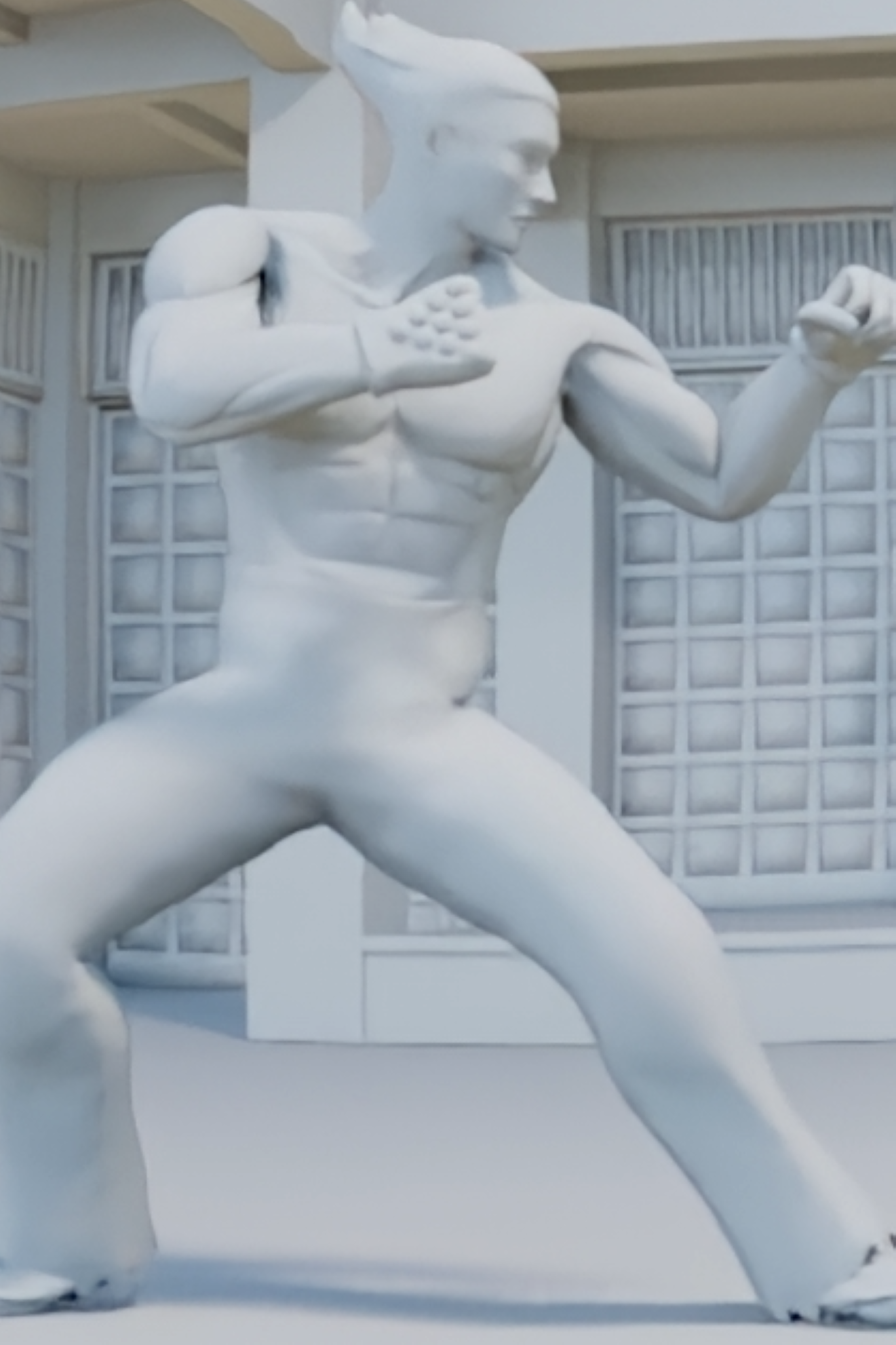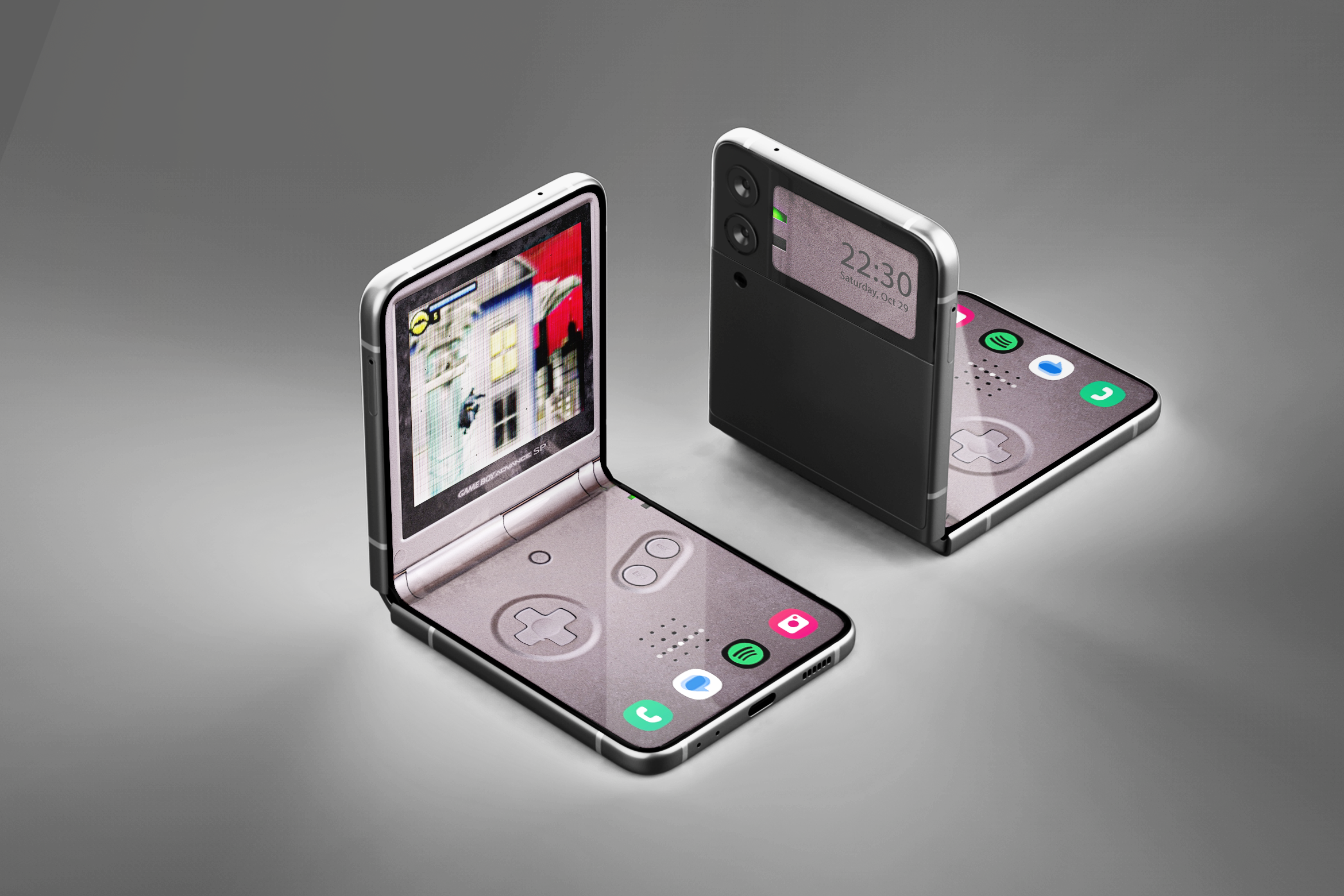Team Animation Challenge
A nostalgic Game Boy–inspired Valentine’s animation created for Rokoko’s “Love at First Move” challenge, blending AI motion capture with hand animation.
-
Strategy
Visual Storytelling, Sound Design, 3D Animation
-
Design
3D Modeling, Manual Animation, Cinematic Composition
Background
Create a thematically rich, Game Boy–inspired animation blending AI motion capture with hand-animated refinements, delivering a nostalgic yet technically advanced submission for Rokoko’s challenge.
This internal exploration was born from Rokoko’s Valentine’s-themed “Love at First Move” animation challenge. The brief was simple: create a character animation using Rokoko’s AI motion mapping tool, with the theme interpreted in any way. Inspired by retro gaming nostalgia, we reimagined “love at first move” through the lens of the original Game Boy—centering our story around a Player One searching for Player Two.
The animation follows Player One practicing fighting combos while waiting for their match to begin. We hand-modeled the Game Boy console and built the in-game environment assets from scratch. Per challenge rules, we utilized Rokoko’s AI Video Motion App to generate a baseline motion for our custom-rigged character. While the capture was imperfect, we embraced the challenge—importing the source video into our project and hand-animating extensive clean-up and refinements to perfect the final motion.
The narrative begins in the real world from Player One’s POV before transitioning into the game itself. This required a robust layer-based composition strategy to separate real-world elements from in-game visuals. We added nuanced camera effects, lens distortions, and even pixelated lens flares to distinguish the two worlds. Sound design completed the experience, with carefully chosen sound effects enhancing immersion and scene depth.
From Reference to Animation
The clay render strips away textures, colors, and post-processing effects to spotlight the foundation of the animation. Without the distraction of final materials, the focus shifts entirely to the character’s motion—showcasing the precision of hand-animated refinements layered over the AI-captured baseline. This view highlights the subtle weight shifts, timing adjustments, and pose clarity that bring the character to life.
The compositing work is equally visible here, revealing the underlying scene structure and multi-layer setup used to create the transition between real-world and in-game perspectives. Even in its untextured state, the clay render captures the essence of the final animation—demonstrating how strong animation principles and a robust compositing workflow lay the groundwork for the polished, fully rendered scene.



Game Boy Wallpaper Concept
Game Boy Wallpaper Concept
Game Boy Design & Concept
Designing the Game Boy model became one of the most enjoyable aspects of the project. For the team, it represented more than just a nostalgic prop—it symbolized a shared cultural touchstone of growing up and becoming the hero in a pixelated adventure. The challenge theme, “back to a time when we could play as our heroes on folding screens”, resonated strongly and served as a creative anchor for the build.
During the modeling process, the team explored the parallels between retro handheld consoles and modern folding-screen technology. The Game Boy’s clamshell-like play experience provided a natural conceptual link to today’s folding devices, such as the Samsung Galaxy Flip and Motorola Razr series. This connection inspired the creation of a foldable phone wallpaper mockup, configured to display key features within the unique aspect ratios of folding screens.
This exploration blended nostalgic design with forward-looking concepts, extending the project beyond its original scope. The result was not only a fully realized Game Boy asset for the animation but also a modern digital application that reimagined a retro icon for contemporary technology.
Conclusion & Reflection
This project was both a technical exercise and a creative exploration, combining AI motion capture refinement, detailed hand animation, and layered compositing into a polished final scene. Working within the limitations of Rokoko’s AI tool challenged the team to adapt—transforming imperfect baseline motion into fluid, character-driven animation through precise cleanup and timing adjustments. The compositing workflow, especially the transition between real-world and in-game perspectives, demanded careful attention to masking, visual effects, and world-specific treatments to maintain visual fidelity.
What began as a challenge entry quickly expanded into a broader design exercise. The creation of the Game Boy asset not only fulfilled the needs of the animation but also sparked a forward-looking concept linking retro handhelds to modern folding-screen devices. This progression—from nostalgic inspiration to innovative cross-application—demonstrates the team’s ability to think beyond the initial brief, developing assets and ideas that bridge past and present technology. The final result blends playful storytelling with technical depth, showcasing a full creative pipeline from concept to extended design application.

